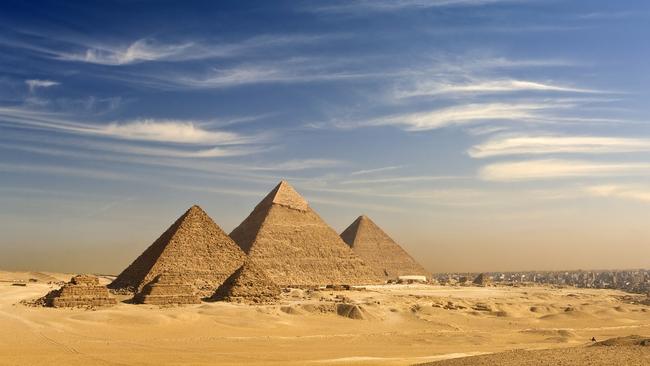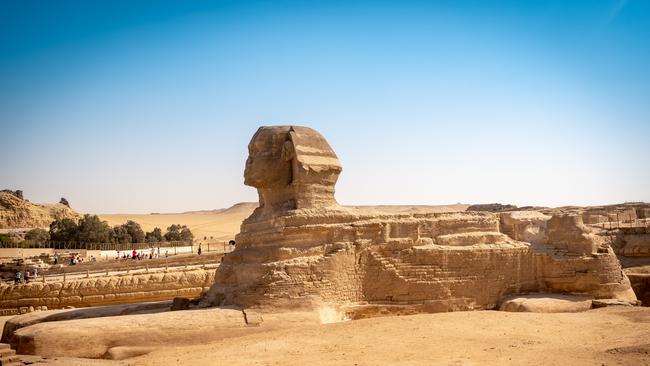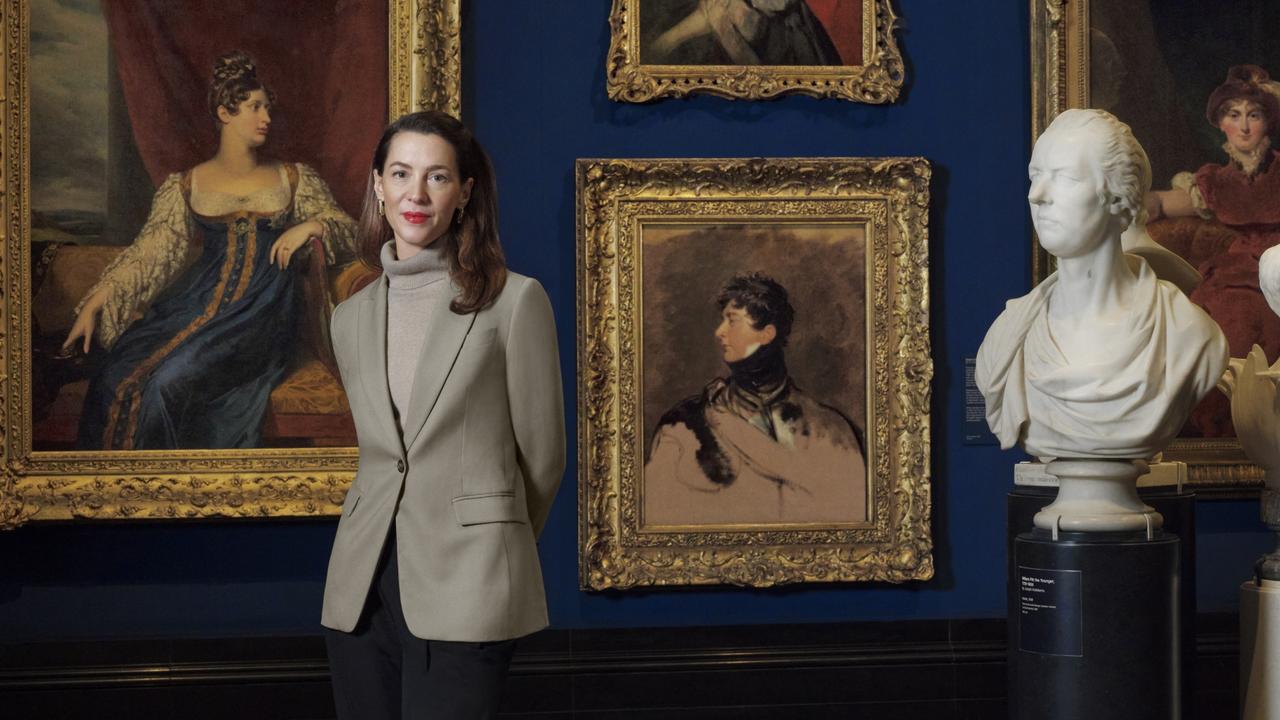
The old Cairo Museum was a chaotic, shambolic place – an improbable tomb for such golden goodies as Tutankhamun’s treasures. It had neither the poshness of the Louvre in Paris nor the grandeur of the British Museum in London, though its loot was every bit as awesome.
The collection is now rehoused in the splendid new National Museum of Egyptian Civilization in Cairo – but I’ll miss the oldie, jam-packed with giant statues of Ramesses II and the lads. In particular I’ll miss the small padlocked glass case on an upper floor that contained, among other things, one of the most important archaeological finds in history, a figure the size of a large chess piece. It has been broken, and clumsily repaired with Tarzan’s Grip or Araldite, the glue visibly bleeding from its wound.
When a member of the Tourist Police sidled up to me I pointed at the chess piece: “I’ll give you 12 Egyptian quid for it.” After a furtive look around he pulled out his pocket knife and attacked the very cheap padlock. I hastily explained it was a joke and he was visibly disappointed. And to think for the equivalent of a couple of Australian dollars I could have had it in my office, among what Barry Humphries once dismissed as my “collection of broken rubble”.

The ivory figurine is the only surviving statue of one of the most powerful rulers in history: Cheops, aka Khufu, second Pharaoh of the Fourth Dynasty, the bloke for whom the Great Pyramid was constructed around 2600BC. Far and away the biggest of the hundreds (yes, hundreds) of pyramids to be found up and down the Nile, it would remain the tallest structure on Earth for almost 4000 years. Yet for all its 6 million tonnes of stone it failed to protect its royal occupant. When opened in comparatively modern times the King’s Chamber contained a huge stone sarcophagus but no king. Any treasures had been looted long, long ago. And there was not one three-dimensional image of Cheops.
Enter arguably one of the greatest Egyptologists – a man with an Australian connection. William Matthew Flinders Petrie, grandson of that Matthew Flinders. While sifting through a sand dune in 1903, one of Petrie’s workers found a very small, headless sculpture – with Cheops’ cartouche, or royal signature, on its base. So Petrie had the team sift some more – and weeks later found the missing head. Which ended up crudely glued on and placed in a crappy glass case. And almost ended up in my collection of broken rubble. (As it happens I have another piece discovered by Petrie on my desk – a sizeable Horus carved from 3000-year-old wood. Seemingly untouched by time, the wood still smells of wood and might have been milled this morning.)
Flinders Petrie died in 1942 at the age of 89 and was buried on Mount Zion, minus his head. He donated that, and hence his brain, to the Royal College of Surgeons in London, but at some point the label fell off the jar. It wasn’t until 1989 that it was identified as the great man’s. Who, let it be conceded, was a great archaeologist but a thoroughly nasty eugenicist.
I reckon the head should be donated to Cairo’s new museum and displayed in recognition of Petrie’s immense contribution to Egyptology – principally for his work in dating pottery shards as a method of measuring the chronology of the dynasties. Head and shoulders over everyone else. Either that, or glue it back on his corpse.



